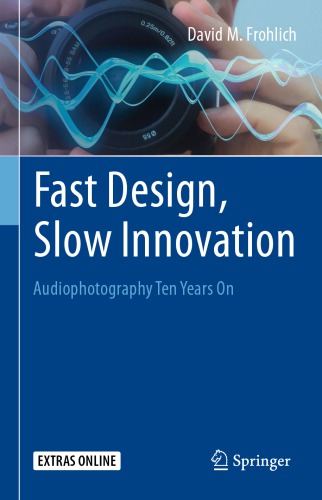

Most ebook files are in PDF format, so you can easily read them using various software such as Foxit Reader or directly on the Google Chrome browser.
Some ebook files are released by publishers in other formats such as .awz, .mobi, .epub, .fb2, etc. You may need to install specific software to read these formats on mobile/PC, such as Calibre.
Please read the tutorial at this link: https://ebookbell.com/faq
We offer FREE conversion to the popular formats you request; however, this may take some time. Therefore, right after payment, please email us, and we will try to provide the service as quickly as possible.
For some exceptional file formats or broken links (if any), please refrain from opening any disputes. Instead, email us first, and we will try to assist within a maximum of 6 hours.
EbookBell Team

4.8
74 reviewsAs well as updating the manifesto for an audio photography technology and practice, this book addresses issues in design history, the social shaping of technology and the management of innovation. In particular, it reveals the very different timescales over which design and innovation operate, and the way in which design ideas evolve across different research groups, companies and application areas.
The capture of photographs with sound is a simple idea, proposed 10 years ago, that has still not become widespread. In this new edition of the seminal 2004 book on Audio photography, the author asks “Why?” A journey through the book’s citations and related commercial products shows considerable progress in understanding the role of sound in photography, and myriad design experiments to support audio visual storytelling as a new media form. The book is a story in itself about the “long nose of innovation”, and a lesson about the need for patience and persistence in the computer industry. To reinforce this point five of the 2004 chapters are re-published in their original form. Theses describe invariant properties of ambient musical, talking and conversational photographs, and the possibility of playback from paper as well as screen.
Fast Design, Slow Innovation will be of interest to researchers and designers of new media systems and experiences, and to innovation scholars or managers looking for a ten year case study of innovation in action.